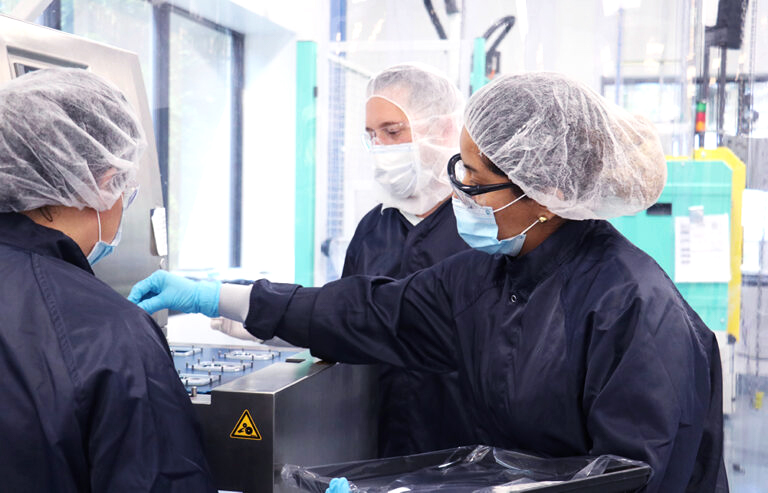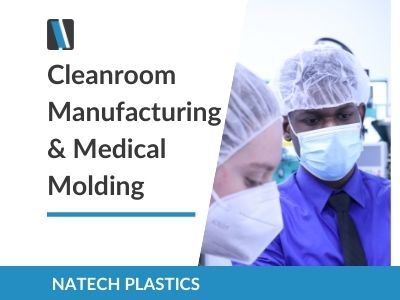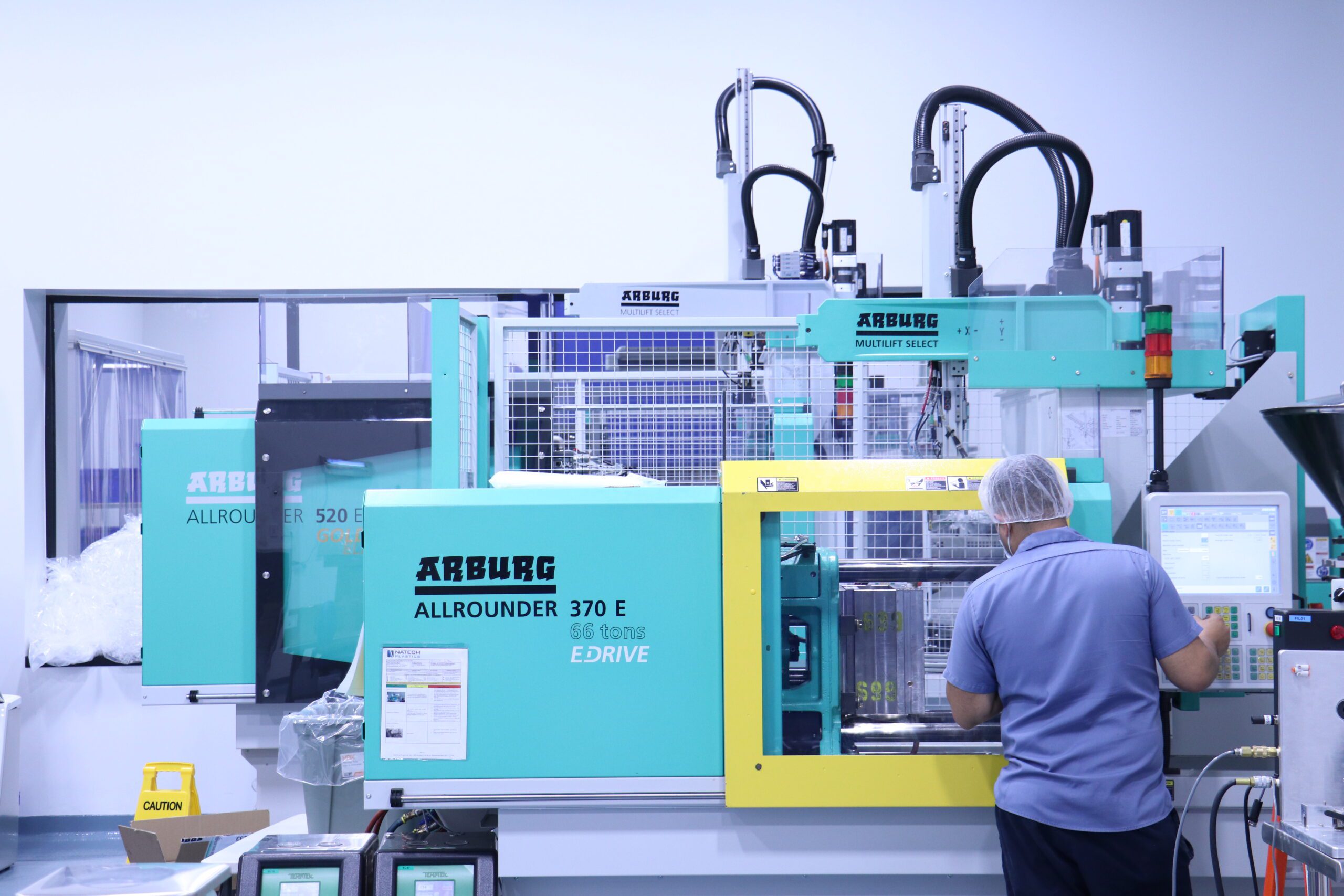Optimizing Cleanroom Manufacturing: Strategies for Efficiency and Cost-Effectiveness
Cleanroom manufacturing and assembly play an important role in producing medical devices that demand precise and clean medical devices. To enhance efficiency, reduce costs, and maintain high-quality standards, it is critical to identify key areas where waste can sneak in and where there are practical solutions to eliminate these inefficiencies. Below are five strategies to eliminate different types of waste in cleanroom manufacturing and assembly, in order to make it a more streamlined and cost-effective process.
This article has been showcased in Medical Plastics News. Explore the original post by clicking here.
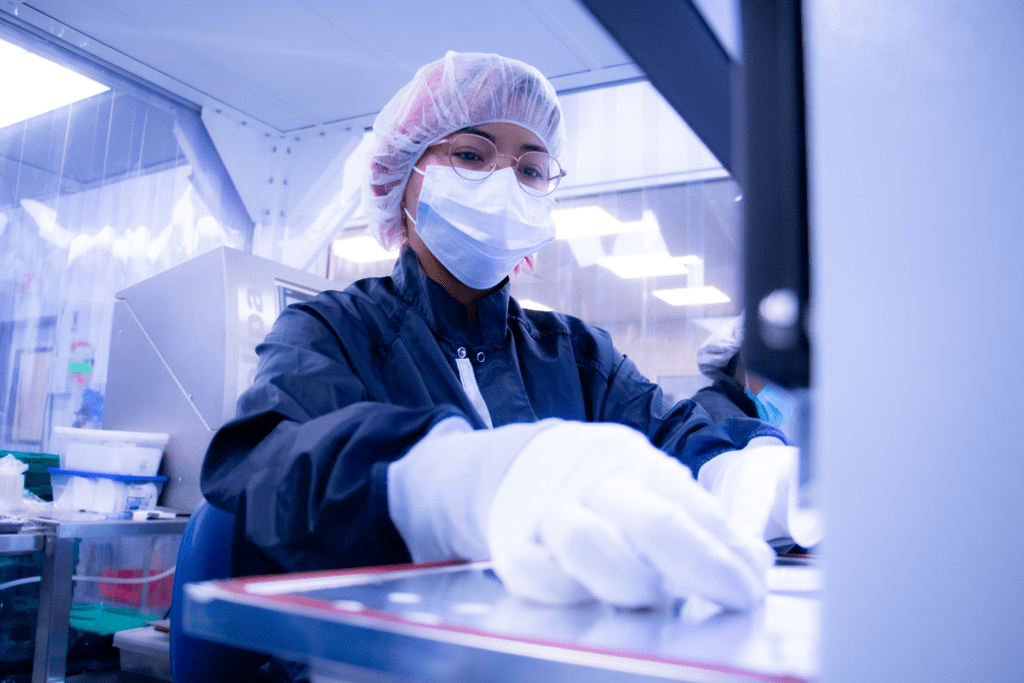
1. Streamlining material flow
We commonly see companies that want to manufacture parts in one facility, or country, and then ship those parts to another facility for final assembly. While in early stages of a project, this is less of a risk, but in volume, it adds unnecessary handling, inspecting, cleaning and transferring of parts. This wastes time, increases labor costs, and introduces complexity in the production process.
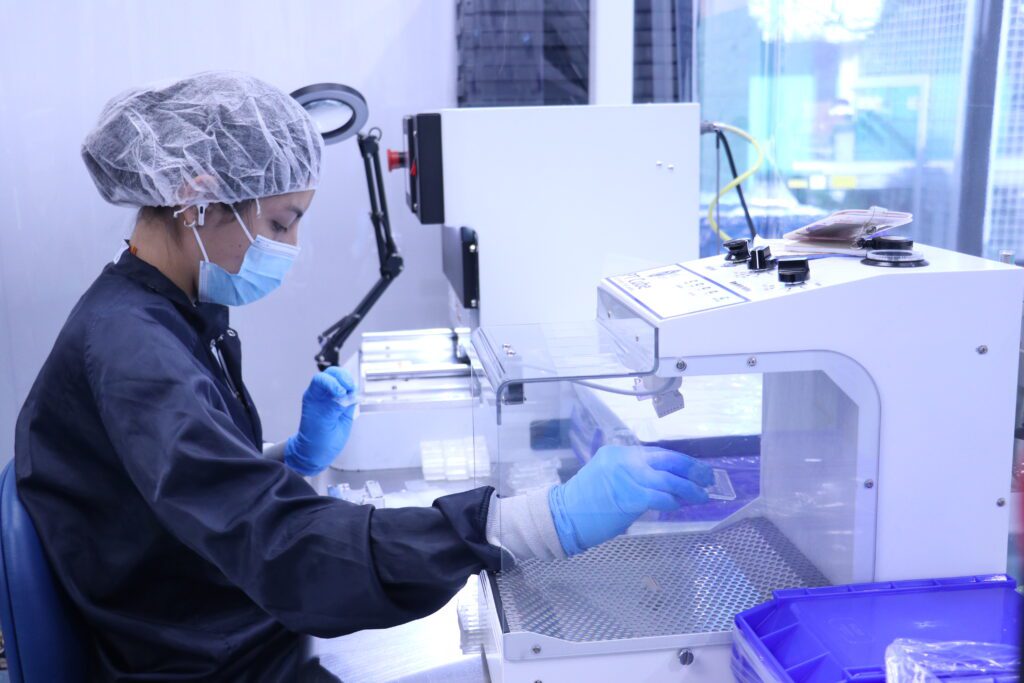
By keeping cleanroom manufacturing and assembly all in one space, companies avoid the time-consuming process of shipping materials from external suppliers and contamination risks during transportation.
2. Ensuring consistent quality and eliminating defects
Consistent product quality is key, and maintaining it can be challenging, particularly when different operators are involved in the manufacturing process. Manual handling and assembly introduces variations and product defects. A diagnostics client needed Natech to assemble a prototype device with a precise glue application to create a seal.
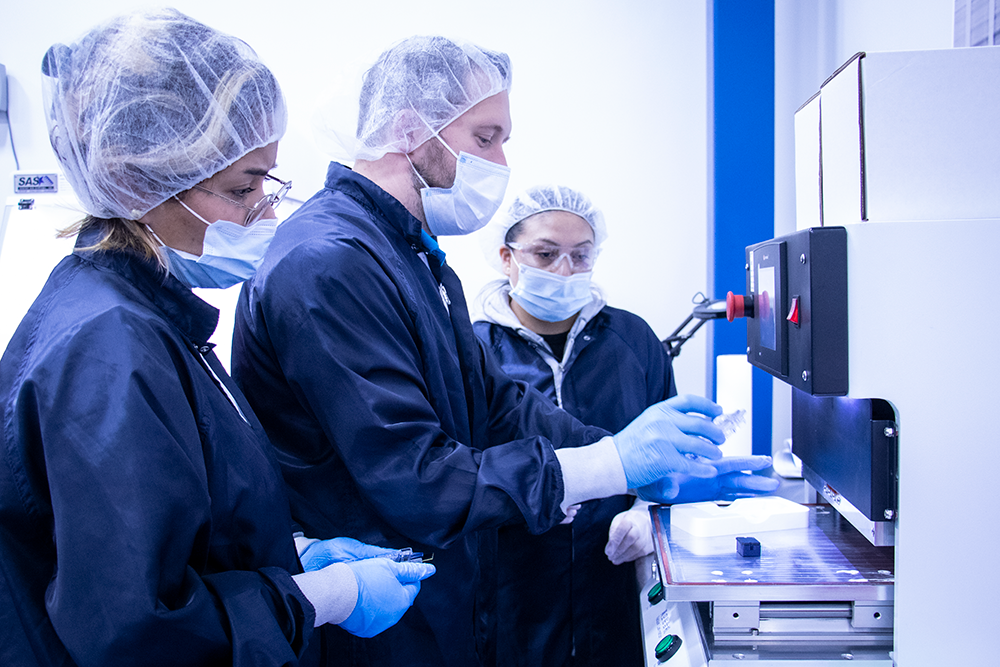
Our team introduced an automatic dispenser, guaranteeing uniform glue application. The dispenser allowed for higher control of the glue, ultimately reducing the risk of variation, scrap, inspection, defects, and physical labor. Ensuring consistent quality also means emphasizing documentation of quality control processes, strict adherence to standardized procedures, and comprehensive training for all operators.
3. Upgrading process and fixtures
One goal during cleanroom manufacturing and assembly is reducing material waste and inefficiency. Long setup times get in the way of this and lead to increased labor and overtime costs. Natech recently worked with a client whose assembly machine required 20 minutes of setup time between each assembly step because of its cumbersome features.
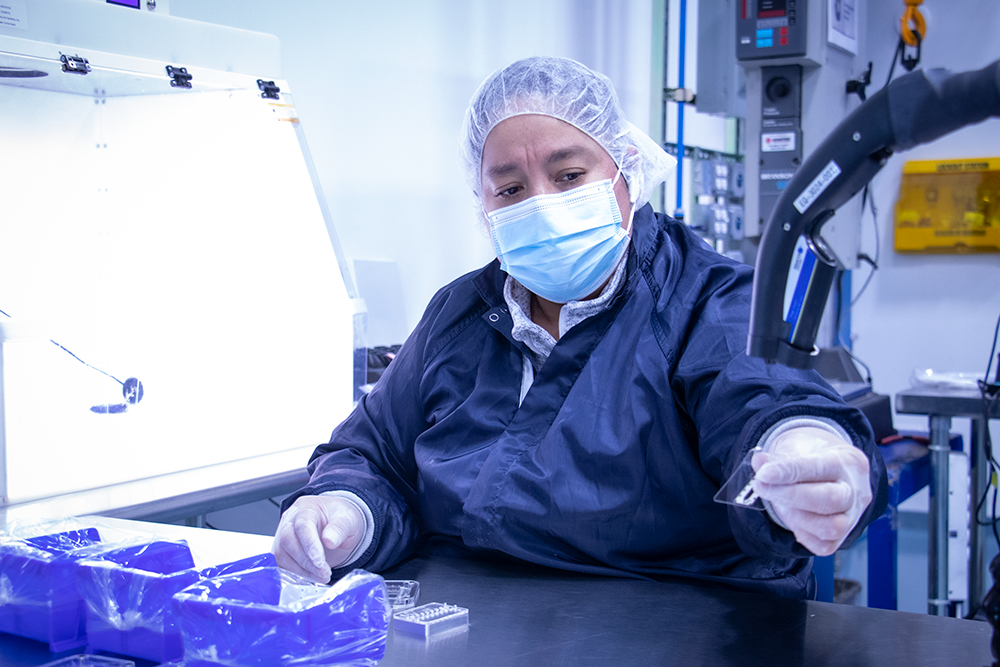
To address this bottleneck and tackle waiting waste, we upgraded fixtures and tooling to a universal solution tailored for the assembly process. After implementing fixtures for this machine, the operators were able to easily make quick and precise adjustments before starting assembly, reducing setup time to less than a minute. Efficiency improvements often go hand-in-hand with cost savings. By upgrading your process, you also enhance the overall manufacturing process, reducing errors and material waste – and ultimately reducing your costs.
4. Harnessing automation potential
When transitioning from prototypes to high-volume production, labor-intensive processes become less sustainable. Manual processes mean higher labor costs, longer production times, and more room for errors.
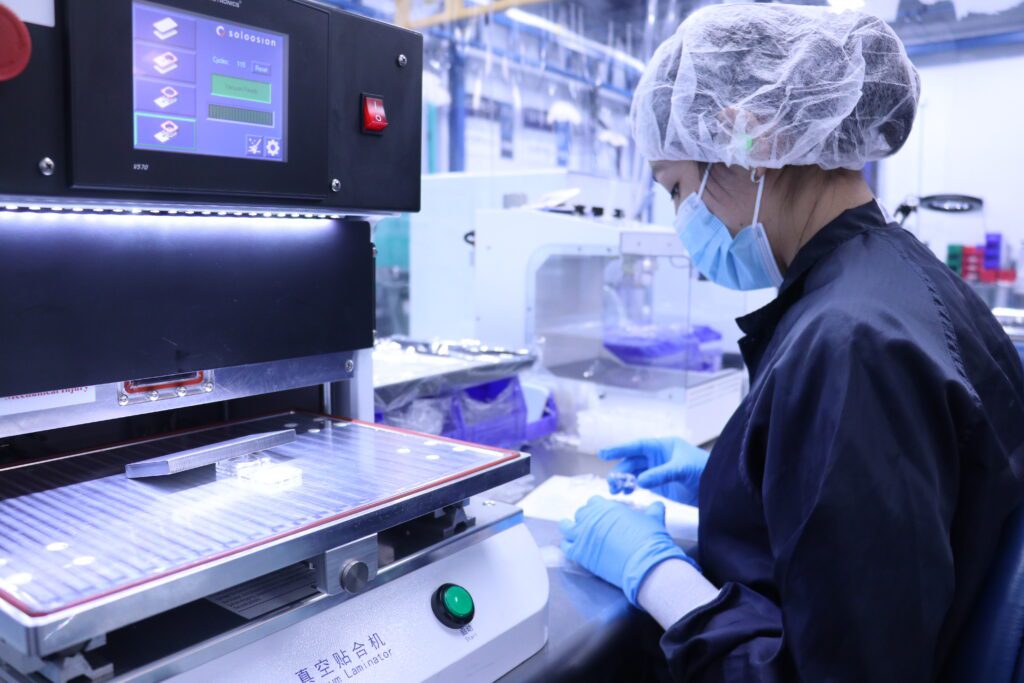
To combat time waste, consider automating specific manufacturing steps, particularly for larger quantities – and be sure to think about what scaled volume production will look like early in your product design process. When a process can be automated, you’re able to slash production times but also ensure consistency, making it ideal for scaling up production.
5. Minimizing environmental impact
Excessive cleaning and chemical use within cleanrooms can have negative environmental consequences, increase operational costs, and pose health risks to operators. Practices like using and disposing of excessive mold release or alcohol baths contribute to environmental harm and increased operational expenses. It’s important to consider how to reduce environmental consequences, especially if your business has sustainability goals or requirements.
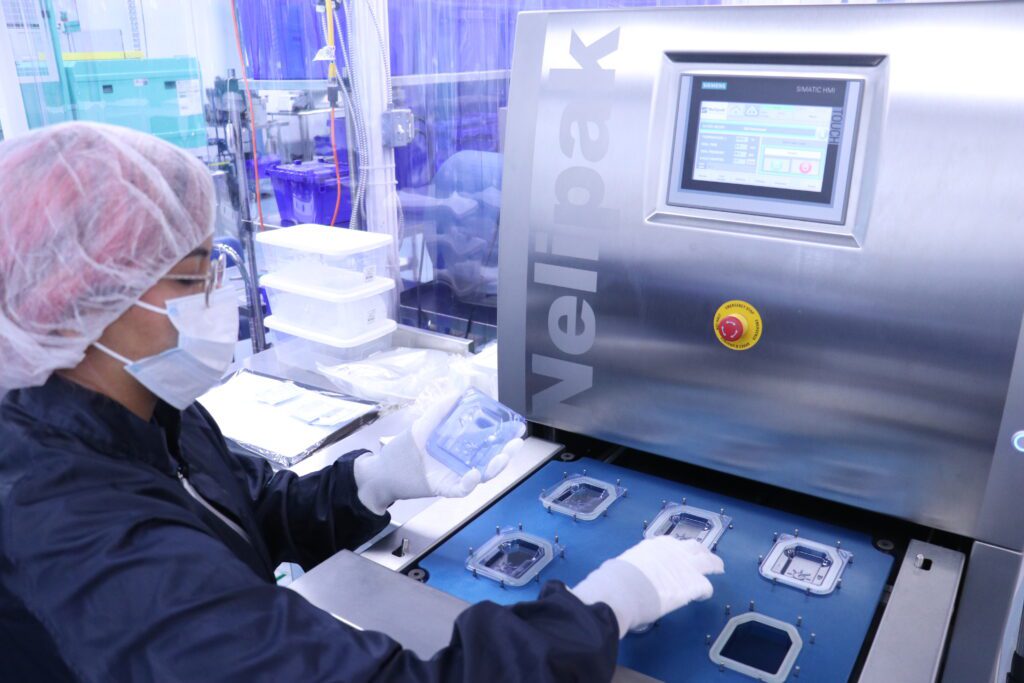
To minimize environmental impact, consider conducting both manufacturing and assembly in a cleanroom environment that works best for your product’s requirements. With fewer cleaning chemicals and reduced waste from disposable supplies, cleanrooms become more eco-friendly, benefiting both worker health and the environment.
By eliminating these five common types of waste in cleanroom manufacturing and assembly, businesses can achieve substantial improvements in quality and cost-effectiveness. Practical waste-reduction strategies can lead to more efficient cleanroom processes and enhanced product consistency.

